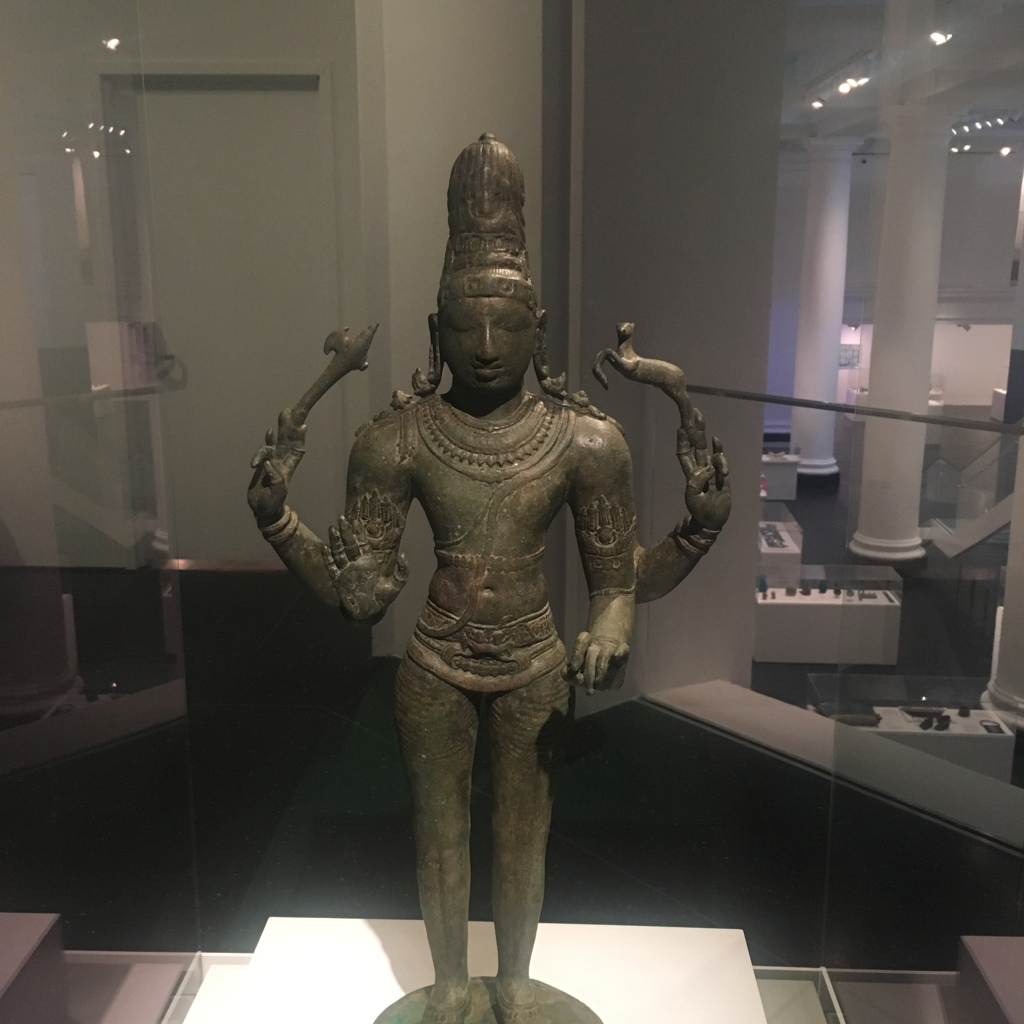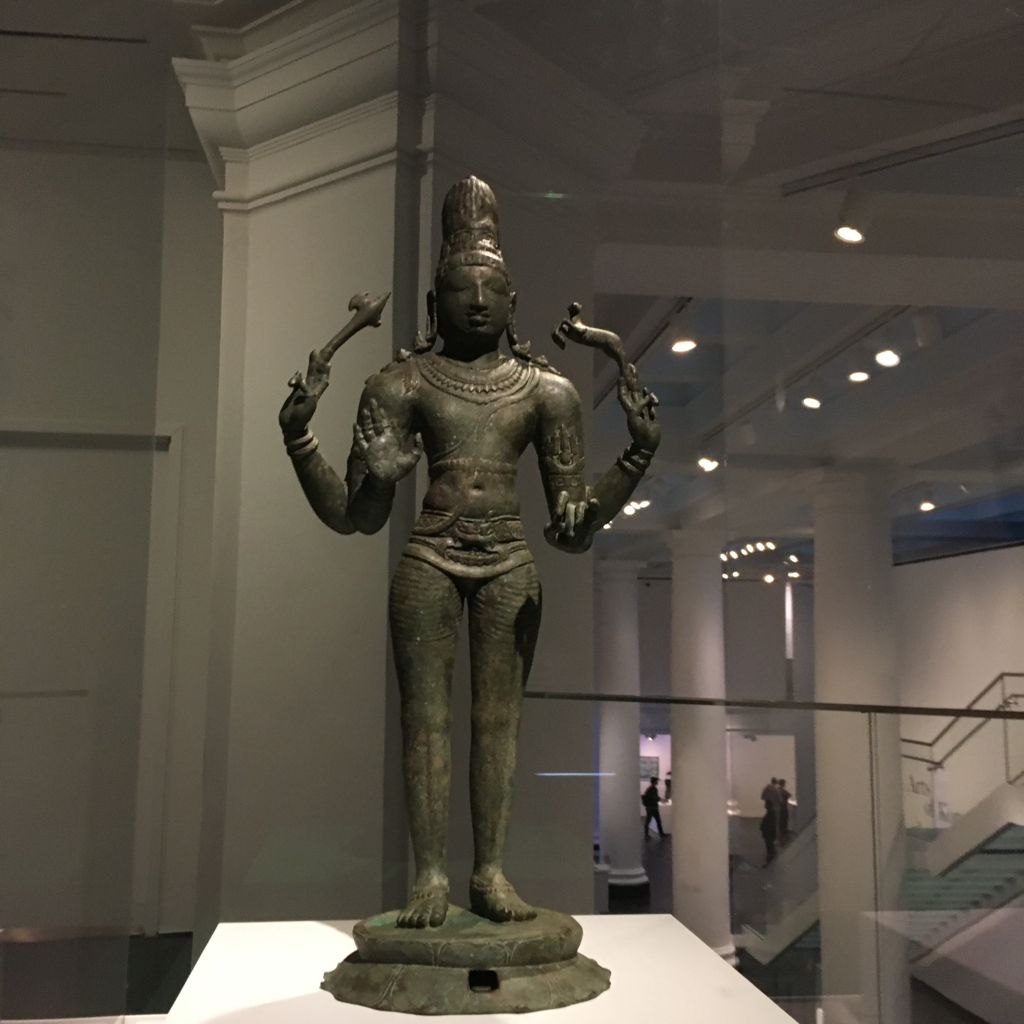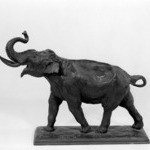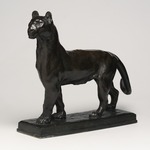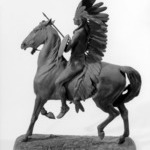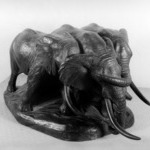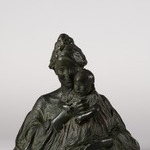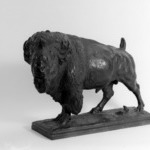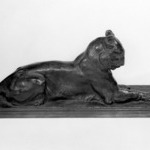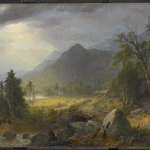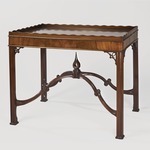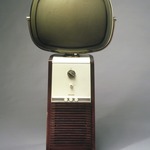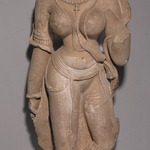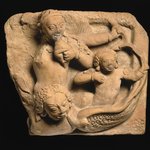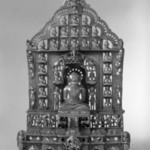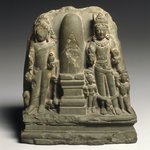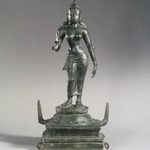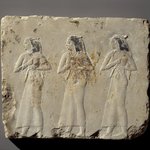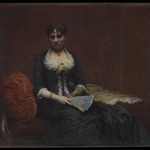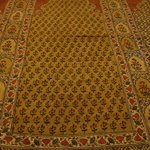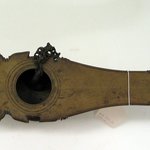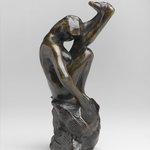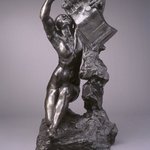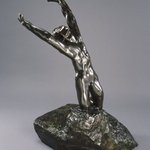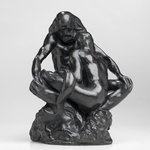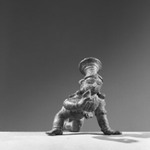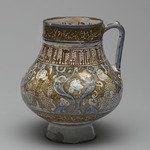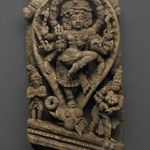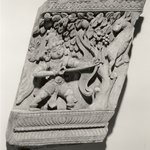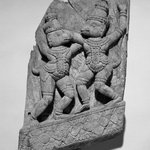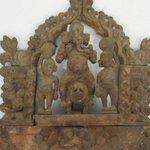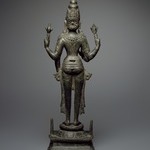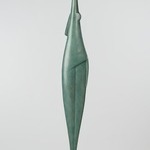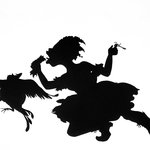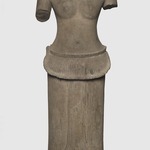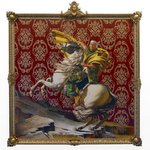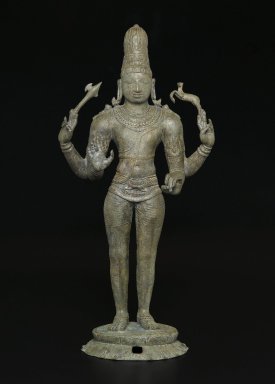

Shiva as Chandrashekhara, ca. 970 C.E. Bronze, 25 3/4 x 12 x 7 3/4 in., 50.5 lb. (65.4 x 30.5 x 19.7 cm, 22.91kg). Brooklyn Museum, Gift of the Asian Art Council in honor of Amy G. Poster; additional funding from bequest of Dr. Samuel Eilenberg, by exchange; Bertram H. Schaffner Asian Art Fund; and gift of Dr. Andrew Dahl, David Ellis, Benjamin S. Faber, Martha M. Green, Dr. and Mrs. Eugene Halpert, Stanley J. Love, Anthony A. Manheim, Mabel Reiner, and Chi Tiew-lui, by exchange , 2007.2. Creative Commons-BY (Photo: Brooklyn Museum, 2007.2_front_PS2.jpg)

Shiva as Chandrashekhara, ca. 970 C.E. Bronze, 25 3/4 x 12 x 7 3/4 in., 50.5 lb. (65.4 x 30.5 x 19.7 cm, 22.91kg). Brooklyn Museum, Gift of the Asian Art Council in honor of Amy G. Poster; additional funding from bequest of Dr. Samuel Eilenberg, by exchange; Bertram H. Schaffner Asian Art Fund; and gift of Dr. Andrew Dahl, David Ellis, Benjamin S. Faber, Martha M. Green, Dr. and Mrs. Eugene Halpert, Stanley J. Love, Anthony A. Manheim, Mabel Reiner, and Chi Tiew-lui, by exchange , 2007.2. Creative Commons-BY (Photo: Brooklyn Museum, 2007.2_back_PS2.jpg)
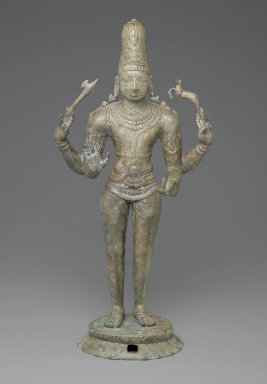
Shiva as Chandrashekhara, ca. 970 C.E. Bronze, 25 3/4 x 12 x 7 3/4 in., 50.5 lb. (65.4 x 30.5 x 19.7 cm, 22.91kg). Brooklyn Museum, Gift of the Asian Art Council in honor of Amy G. Poster; additional funding from bequest of Dr. Samuel Eilenberg, by exchange; Bertram H. Schaffner Asian Art Fund; and gift of Dr. Andrew Dahl, David Ellis, Benjamin S. Faber, Martha M. Green, Dr. and Mrs. Eugene Halpert, Stanley J. Love, Anthony A. Manheim, Mabel Reiner, and Chi Tiew-lui, by exchange , 2007.2. Creative Commons-BY (Photo: Brooklyn Museum, 2007.2_PS2.jpg)
Shiva as Chandrashekhara
Asian Art
On View: Asian Galleries, Arts of South Asia, 2nd floor
Bronze casting reached an apex of achievement in southern India under the patronage of the Chola dynasty (circa 850–circa 1279). We can see that this image was repeatedly touched during worship, because the front is far more worn than the reverse.



